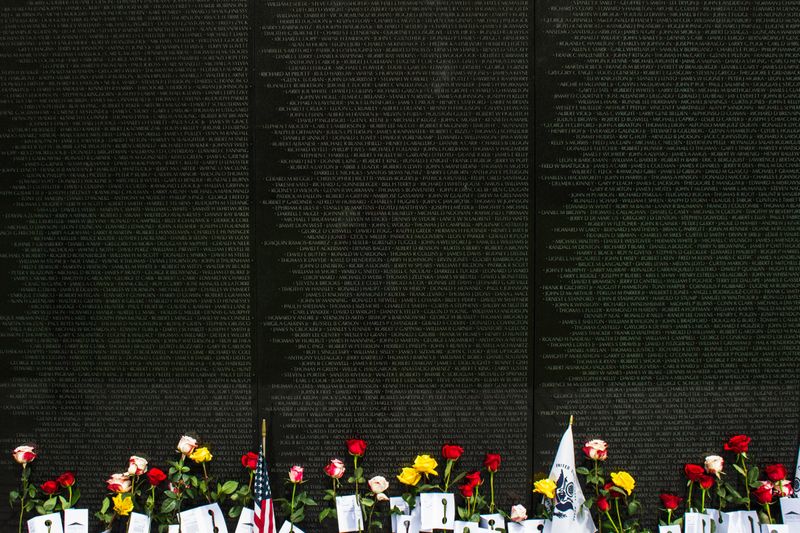 Photo by Ryan Stone on Unsplash
Photo by Ryan Stone on UnsplashThe Vietnam War was costly for both the United States and Vietnam.
For the United States, the fiercest fighting lasted between 1965-1973. But America's involvement stretched back decades.
For Vietnam, the war — often referred to as the Second Indochina War or the American war in Vietnam — was the latest in a series of conflicts that stretched even further back.
All told, the United States lost much more than it gained.
January 2023 marked the 50th anniversary of the peace treaty, which ended America's war in Vietnam.
But this was peace in name only. Fighting between North and South Vietnam continued for two years before America's war-time objective — an independent noncommunist government in South Vietnam — was dashed.
In 1975, North Vietnam defeated the South, reuniting the country under its flag.
The war left the United States shaken and divided. Vietnam was devastated, and its wounds have still not fully healed.
Though statistics can do only so much to capture the true costs of the war, they can underscore their scale.
Costs of the War
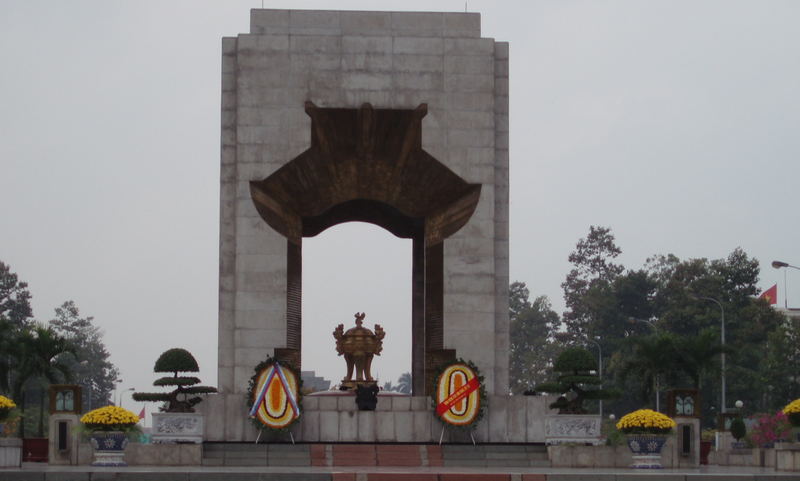 The War Memorial in Hanoi, Vietnam, is dedicated to the Vietnamese men and women who fought in the Second Indochina War.
The War Memorial in Hanoi, Vietnam, is dedicated to the Vietnamese men and women who fought in the Second Indochina War.
 United States
United States
Washington drafted roughly 2 million Americans, and more than 58,000 service members died or went missing. Many others returned home, physically and psychologically wounded.
While many veterans adjusted to civilian life, others dealt with homelessness, long-term health effects, drug addiction, alcoholism, and a lack of community and government support.
The war cost around $1 trillion (in 2019 dollars), which didn't help the period's spiraling inflation.
And the war's financial costs didn't stop there. Compensation benefits to veterans and their families add up to around $22 billion annually.
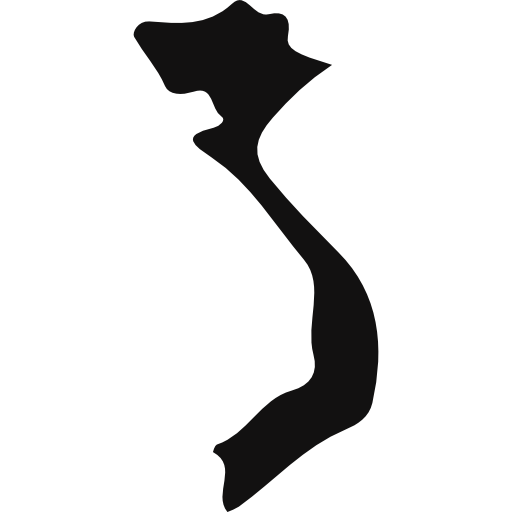 Vietnam & Southeast Asia
Vietnam & Southeast Asia
Approximately two million North and South Vietnamese civilians died. Civilians were at times deliberately killed by both sides, such as in the My Lai Massacre.
Among those who fought, roughly 1,100,000 North Vietnamese fighters and South Vietnamese insurgents died. Among South Vietnam's military, around 200,000 - 250,000 were killed.
Unexploded landmines and other explosions have killed more than 40,000 people since the end of the war.
In neighboring Laos, the world's "most heavily bombed country," an estimated 200,000 people died. In Cambodia, 100,000 people were killed in the war and millions more in its aftermath.
Agent Orange
American veterans and people in Vietnam continue to suffer from long-term health effects due to the US military's use of Agent Orange.
Agent Orange is a toxic chemical that the military employed to clear bushes, leaves, and other vegetation, often used as cover by insurgents and other enemy forces.
It also destroyed crops that provided the enemy with food. But much of this farmland provided food for civilians as well.
There are areas in Vietnam that remain contaminated.

And Vietnam says millions of people suffer from cancers related to Agent Orange and other chemicals.
To this day, the effects continue to get passed down from one generation to the next in the form of congenital disorders.
Refugees and Re-education
The country's civil war ended in 1975. But fear and violence persisted, especially for those in the South. In the years after the war, millions of people left the country — nearly 800,000 fled by boat. Such voyages were often dangerous, and some didn't survive.

Some of these refugees came to call the United States home.
Though many in the United States felt America had an obligation to welcome Vietnamese refugees, others were unwilling to open the door to immigration. Those who resettled in America sometimes faced prejudice and discrimination.
Those who stayed in Vietnam faced retribution from the Communist government. Former South Vietnamese officers, soldiers, and citizens were sent to so-called "re-education camps", which were prisons modeled after the Soviet Union's Gulag system.
There, they performed hard labor. Estimates vary on how many were imprisoned. Some put it at 500,000, while others say 1 million.
So why did the Vietnam War happen?
The causes of the Vietnam War continue to be studied and debated.
Some say the war was an inevitable tragedy. Others say American policymakers made bad yet well-intentioned decisions. Still, others say America had imperial intentions.
There will likely be no consensus on the single, most definitive cause.
But looking back at the factors which contributed to the war can help policymakers and citizens in the United States and elsewhere think more clearly about matters of war and peace and prevent the reoccurrence of wars similar to Vietnam.
Ideology
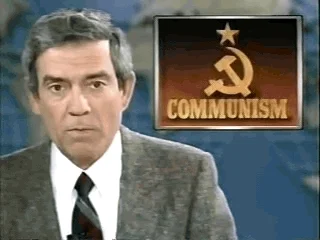 The Cold War was, in large part, an ideological conflict between the United States and the Soviet Union.
The Cold War was, in large part, an ideological conflict between the United States and the Soviet Union.
On one side, there was liberalism. And on the other, there was communism.
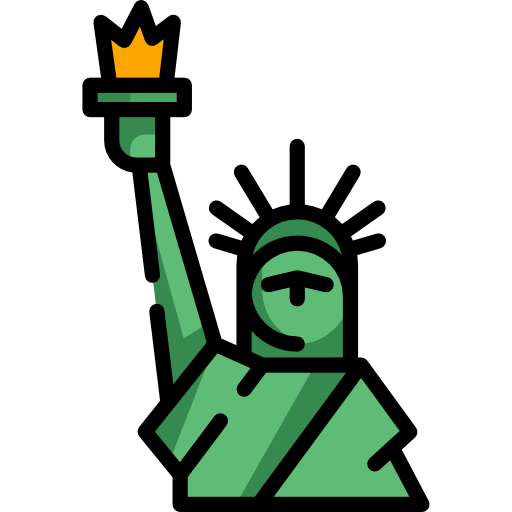 Liberalism
Liberalism
America and its supporters wanted the world to be endowed with the ideas of individualism and free-market capitalism.
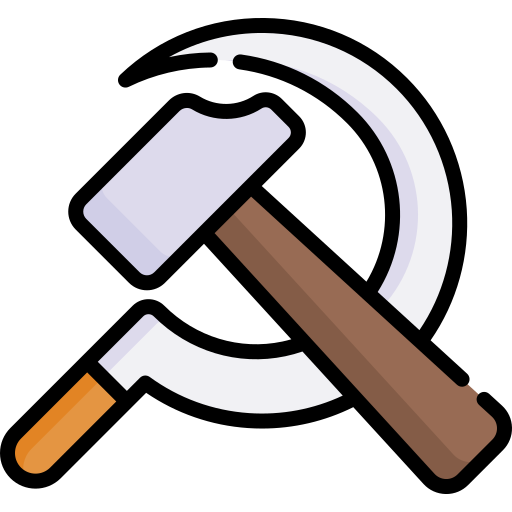 Communism
Communism
The Soviet Union and its supporters wanted the world to be endowed with the ideas of collective rights and socialism.
Clash of Ideologies
These two ideologies offered different solutions for organizing society. Taken to their extreme, there was little room for either to coexist.
The most zealous supporters of each thought the world was locked in a battle where only one could be a winner. This zero-sum lens defined America's approach to national security throughout the Cold War—especially in its earliest years.
To be fair, there were good reasons for the US to worry about the spread of communism — the Soviet Union and China were brutal authoritarian countries.
But an overfocus on this clash makes it easy to overlook other global dynamics

Nationalism
Nationalism — the belief that people with similar cultures, histories, traditions, and values ought to make up their own society and govern themselves — may have been an equally or more important ideological force in Vietnam.
Nationalism often emerges in opposition to something else—in this case, empire.
World politics at this time wasn't only defined by America's competition with the Soviet Union.
The world also went through a period of decolonization.

Western European countries — overstretched and drained of resources from two world wars — struggled to maintain their grip over their overseas empires. In some cases, this transition was relatively peaceful.

In other cases, countries like France tried to maintain control through force.
From America's perspective, Vietnam was a fight against communism.
But from Vietnam's perspective, the war was partly the continuation of an anti-colonial struggle, which stretched at least as far back as its resistance against French imperialism.
Anti-Imperialism
By the end of the 1800s, France had come to control territory in Southeast Asia, referred to as French Indochina. But opposition brewed.
Vietnam's independence was a principal concern for Nguyen Sinh Cung, later known as Ho Chi Minh.
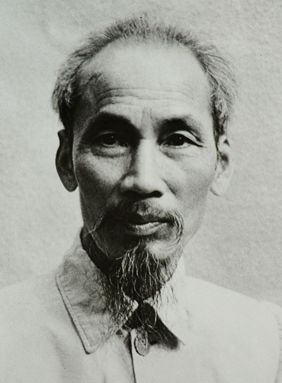
Minh was involved in anti-colonial and socialist causes.
He petitioned the 1919 Paris Peace Conference after World War I for Vietnamese civil rights.
The Conference promoted a world where nations newly had the right to govern themselves. But Minh's petitions were ignored.
Minh argued for Vietnamese self-determination and independence. He found inspiration in the Russian Revolution and was a founding member of the French Communist Party.
Minh then traveled to China and the Soviet Union and helped organize the Indochinese Communist Party.
In 1941, Ho Chi Minh founded the Viet Minh, an organization that fought Japan's occupation of Indochina during World War II. The Viet Minh blended communist ideology with appeals to Vietnamese national identity.
In the chaos of Japan's surrender, the Viet Minhbriefly established a civil government in Vietnam — the Democratic Republic of Vietnam (DRV).
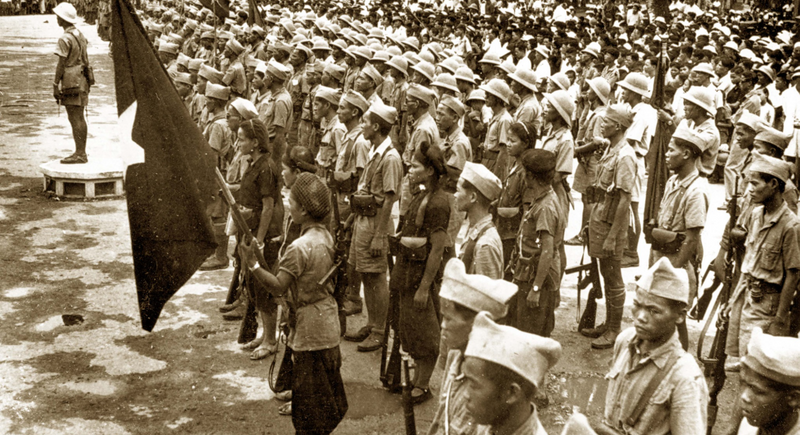
This didn't last long.
France gained control of South Vietnam, and the Viet Minh were driven out of power in the North. But the Viet Minh resisted.
From 1948-1954, France fought the French-Indochina War, or First Indochina War, to regain control of Vietnam. The Viet Minh ultimately defeated France in the climatic battle of Dien Bien Phu.
America's Ever-Expanding Commitment
By the time French forces teed up against the Viet Minh at Dien Bien Phu, America had committed itself to the defeat of Vietnamese communism.
Under Presidents Harry Truman and Dwight Eisenhower, the United States came to bankroll at least half of France's war. But America hadn't always been so supportive of France's imperial ambitions.
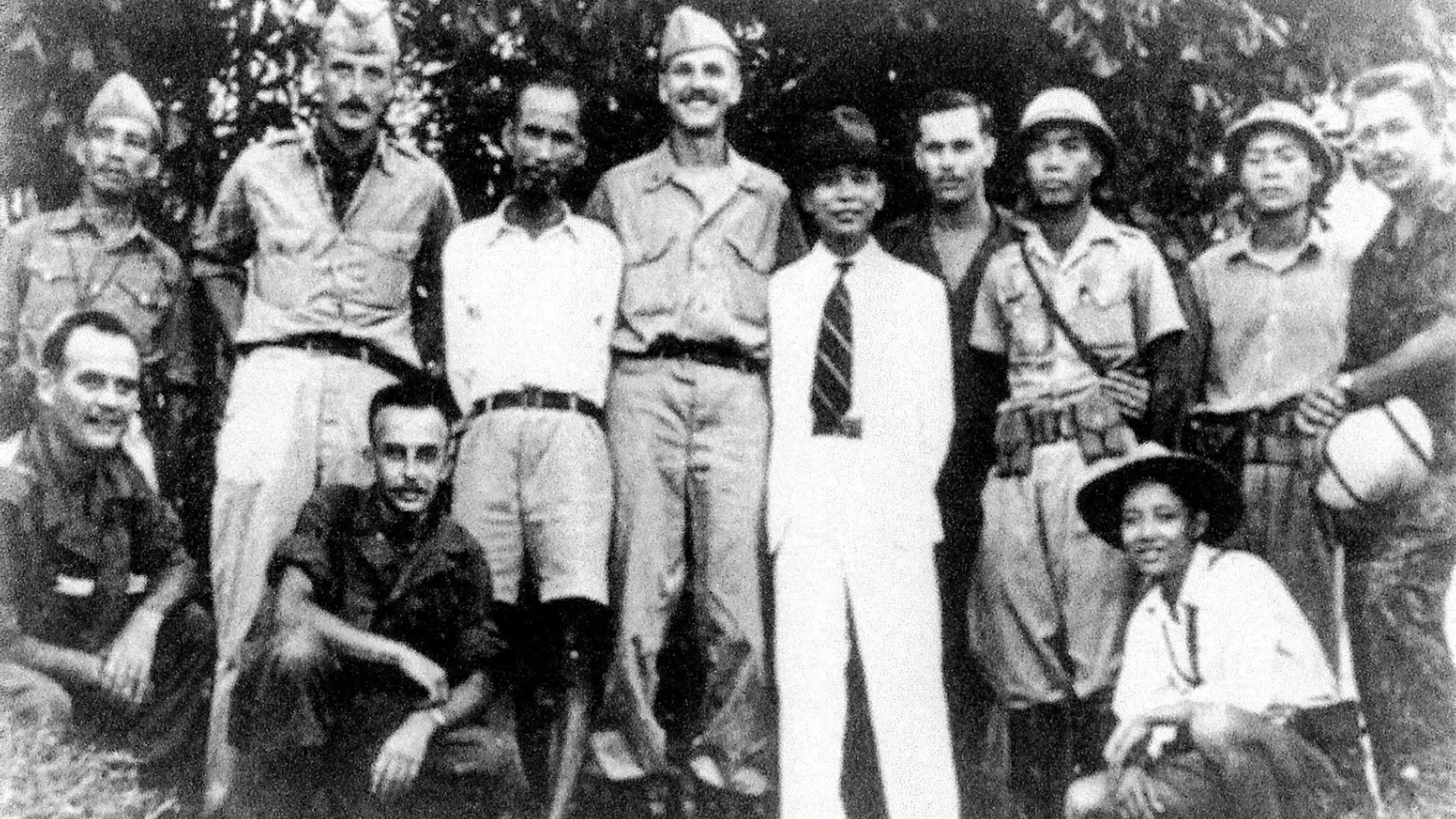 From friends to enemies. American OSS officers stand side-by-side with Ho Chi Minh and Viet Minh resistance forces.
From friends to enemies. American OSS officers stand side-by-side with Ho Chi Minh and Viet Minh resistance forces.
Before Truman's presidency, the Roosevelt administration hesitated to support France's imperial ambitions. America armed and trained the Viet Minh in their fight against Japan, and French imperialism ran counter to Roosevelt's war aims, which called for open markets.
The Roosevelt administration also had the foresight to realize that Vietnamese nationalism ran deep — any effort to re-establish French influence would result in a destructive war.
So what changed?
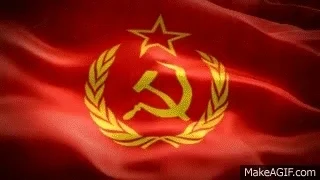
Communism on the March
In the late 1940s and early 1950s, the Soviet Union appeared to dominate international politics, and communism was on the march throughout Europe and Asia.
1949 — Vietnam's neighbor, China, had fallen under Communist control. 💥
1949 — The Soviet Union tested its first A-bomb earlier than expected, solidifying fears of US military inferiority. 💥
1950 — Communist North Korea invaded South Korea. 💥
Meanwhile, communism was surging in popularity within France itself. US officials feared that a Viet Minh victory in Vietnam would strengthen the position of Communists in France.
Doubling Down
After France's defeat in the First Indochina War, Vietnam was divided into two countries, split at the 17th parallel.
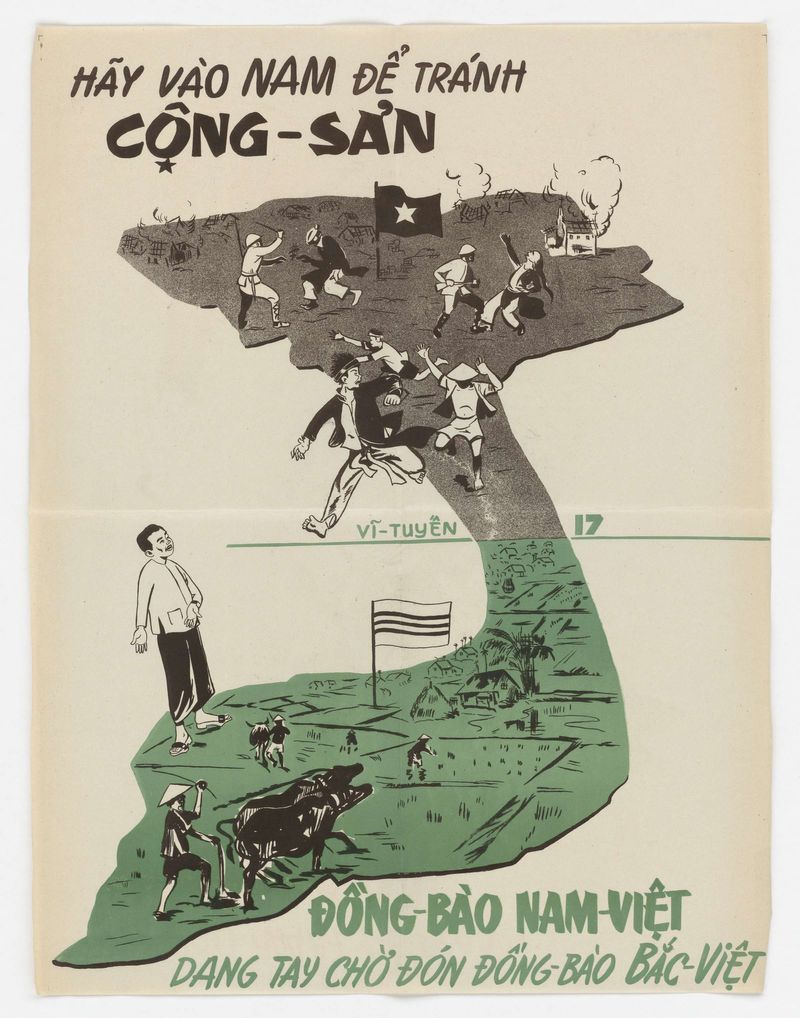
While the DRV governed in the North, the Republic of Vietnam (ROV) ruled in the South.
This was meant to be temporary.
North and South Vietnam agreed to free elections to decide on the future of a unified Vietnam.
Elections never came.
Their predicted outcome didn't bode well for the US-backed government in Saigon.
Truman's successor, Dwight D. Eisenhower, hitched America's wagon to a Vietnamese government headed by Ngo Dinh Diem, who lacked broad support.
Diem was a challenging ally for Washington.
Diem was corrupt and repressive — and it didn't help that his government suppressed Buddhism in a country that was 80 percent Buddhist.
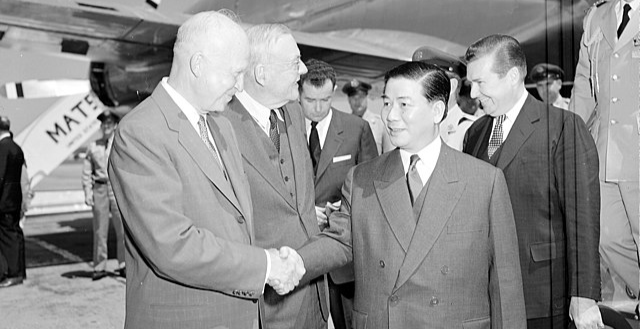
Diem refused to institute many reforms, which the United States hoped would soothe discontent with his regime.
By the time President John F. Kennedy took over as president, little progress had been made in suppressing South Vietnam's insurgency.
Under JFK's direction, the United States backed a coup in South Vietnam that took Diem's life.
Click the play button above to hear a clip of JFK explaining the events of the coup.
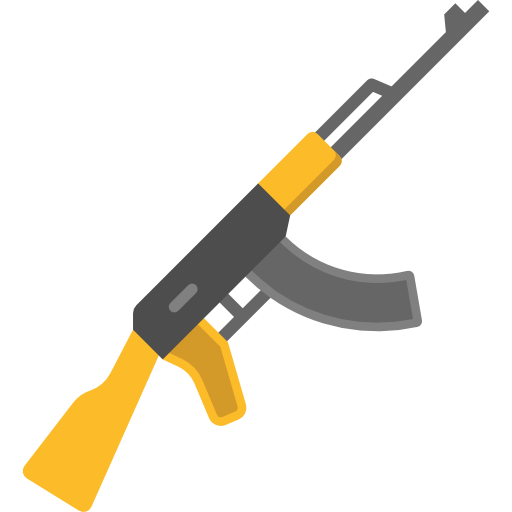 Civil War
Civil War
Many flocked to the South's growing insurgency, which was organized by the National Liberation Front (NLF)— you've likely heard these insurgents referred to as Viet Cong or VC.
Founded in 1960, The NLF was backed by the North Vietnamese government, which the Soviet Union and China supported.
Many who flocked to the NLF were Communists. But it's also important to note that many who joined opposed Diem's government for reasons other than an adherence to communism.
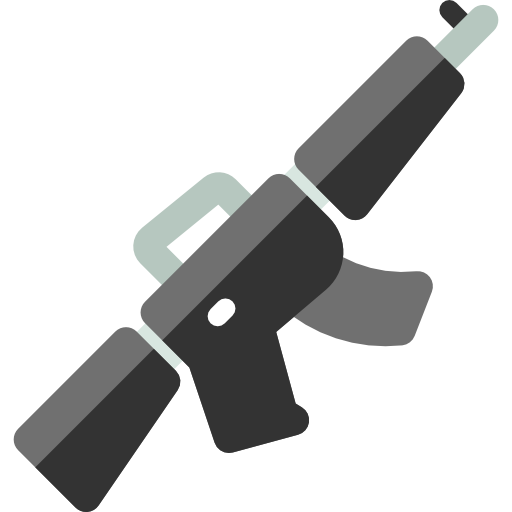 American Boots on the Ground
American Boots on the Ground
The Eisenhower administration provided Diem with military equipment and economic assistance. By the time he left office, there were 700 American troops in South Vietnam.
The Kennedy administration also accelerated American military assistance to South Vietnam. By the end of 1963, nearly 16,000 US military advisers and Special Forces troops were in the country, who often went on combat missions with the Army of the Republic of South Vietnam (ARVN).
Strategic Assumptions
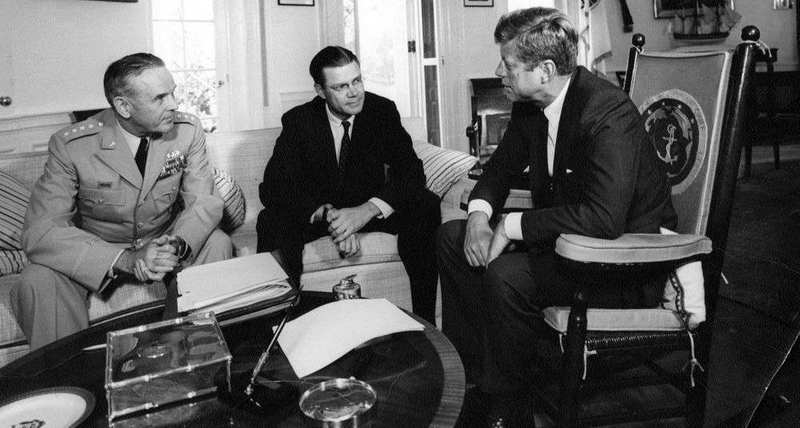
Cold War developments concerned Washington.
But this didn't necessarily mean the United States had to commit itself to South Vietnam and the defeat of Vietnamese communism.
America's ever-expanding commitment and eventual escalation of the Vietnam War were filtered through policymakers’ worldviews and assumptions.
In response, they fashioned together strategies to focus their attention.
But critics argue this clouded their judgment.
Containment
In the early Cold War, America's primary focus was on Europe. Its strategy was containment— America would prevent further Soviet expansion.
American diplomat George Kennan's Long Telegram and the Truman Doctrine were early articulations of containment. In these versions, economic and financial assistance would be America's primary tools.
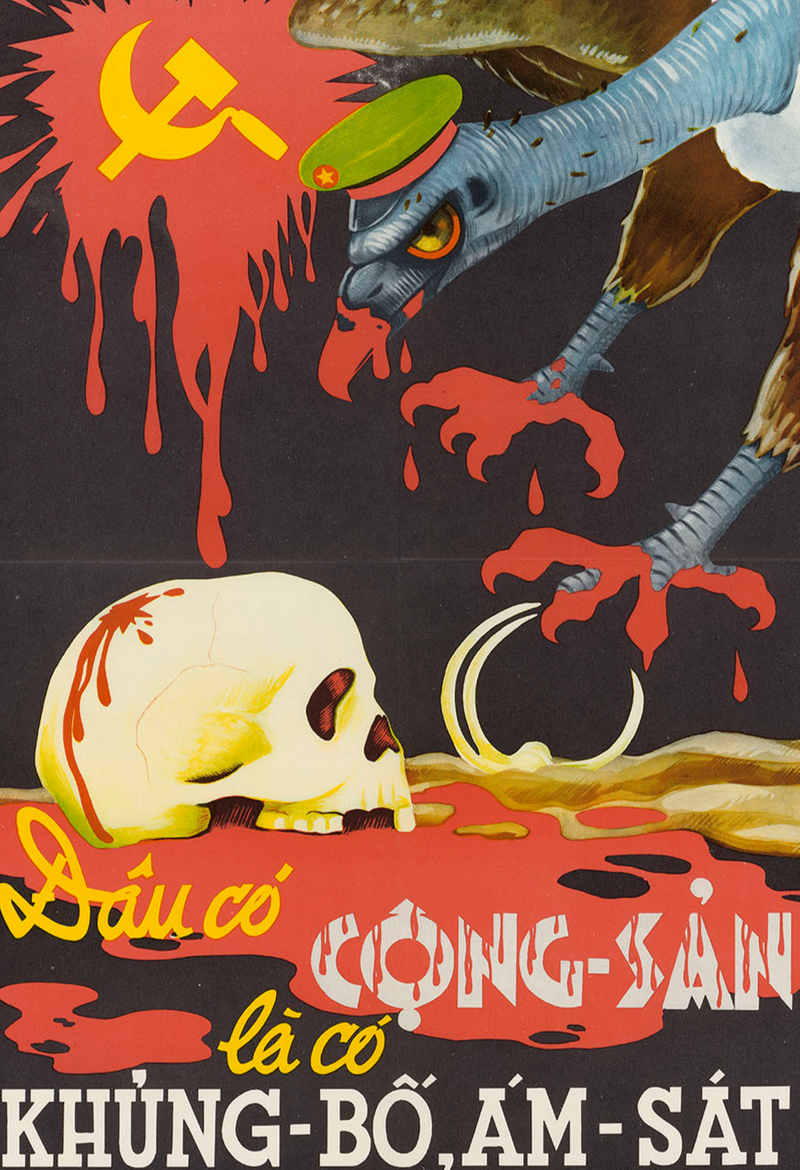
But after communism's victory in China's civil war and the Soviet Union's A-bomb test, Truman's State Department constructed a more expansive version of containment.
They drafted an influential policy document called NSC-68. Though only some of its policy recommendations were implemented, its assumptions stuck.
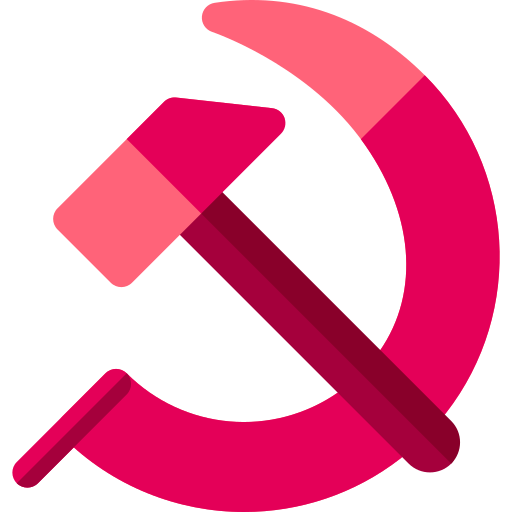 Monolithic Communism
Monolithic Communism
Communist advancements were directed by the Soviet Union, which had grand designs to dominate Eurasia and isolate the United States militarily and economically.
 America would need to prepare to fight communism whenever a crisis emerged. Failure to do so would put America's credibility at stake.
America would need to prepare to fight communism whenever a crisis emerged. Failure to do so would put America's credibility at stake.
If countries came to doubt America's commitments, Communists might be emboldened, and allies might decide to make peace with China and the Soviet Union.
Domino Theory
The Eisenhower administration talked a big game about rolling back communism and stressed the need for America to scale back its military footprint. Still, like Truman, Eisenhower stuck with containment.
For Eisenhower, stopping the Viet Minh wasn't just crucial for keeping Vietnam from falling to communism. It was vital for preventing all of Southeast Asia from falling into the hands of "the Reds."
As Eisenhower put it in 1953:
You have a row of dominoes set up, you knock over the first one, and what will happen to the last one is the certainty that it will go over very quickly...the loss of Indochina, of Burma, of Thailand, of the Peninsula, and Indonesia following.
Eisenhower described what has become called Domino Theory.
Communism's success in Vietnam would have a ripple effect throughout Southeast Asia.
Communists who had footholds in Laos, Cambodia, and Thailand would be strengthened.

Soon after, America's core Pacific partners — the Philippines, Japan, Australia, and New Zealand — would be at risk. America would be militarily and economically isolated from Asia.
Indeed, this would be a perilous geopolitical position. American officials, however, may have been looking at things the wrong way.
Counter-Insurgency and Nation-Building
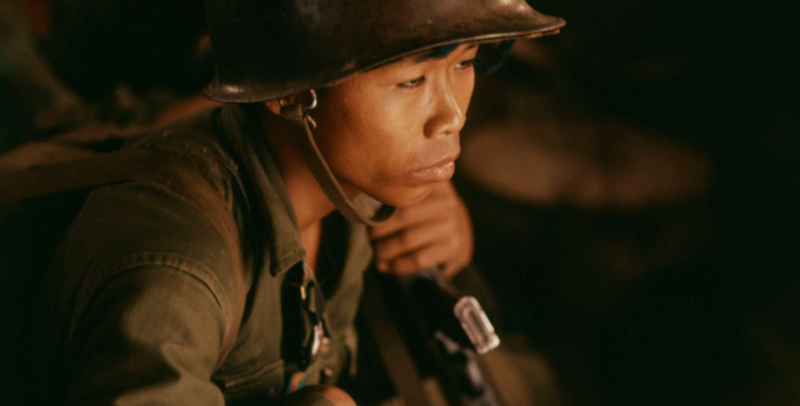
Many US officials feared developing countries were especially vulnerable to communism. One influential view in Washington held that countries were more or less destined to modernize along the same path as the United States and Western Europe.
This path wasn't often smooth. As countries developed, lives and communities were disrupted. The path to modernity could be thrown off by insurgencies directed by outside countries like North Vietnam, China, and the Soviet Union.
Indeed, the FLN was backed by these outside countries. And it didn't help perceptions when Soviet premier Nikita Khrushchev called for wars of "National liberation".
But these assumptions had two significant consequences:
America took a one-size fits all approach to nation-building that tried to graft Western-style political, economic, and military institutions without fully accounting for Vietnam's local culture, politics, and traditions.
The United States and South Vietnam used the military as a blunt instrument in their counter-insurgency efforts.
Johnson Escalates
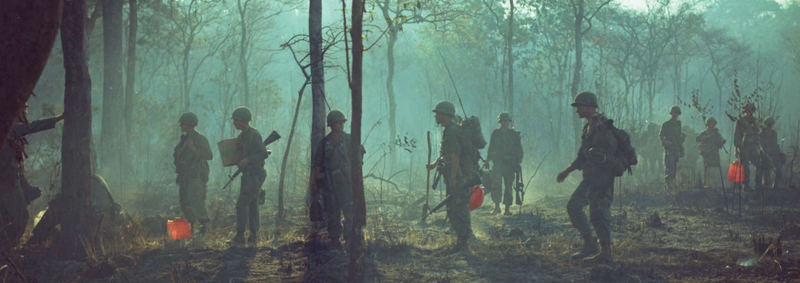
We are not about to send American boys nine or ten thousand miles away from home to do what Asian boys ought to be doing for themselves.
— President Lyndon B. Johnson, August 26, 1964
Despite this campaign promise, Johnson escalated the war in 1965.
That year, Washington deployed combat troops to South Vietnam and conducted major bombing operations in the North.
Johnson inherited the rapidly deteriorating Vietnam quagmire after JFK's assassination in 1963, along with many of Kennedy's foreign policy advisors. Johnson also viewed the world with much the same Cold War thinking as his predecessors.
Many in the Johnson administration thought increasing shows of force, each one more painful than the last, were needed to get North Vietnam and the FLN to give up.
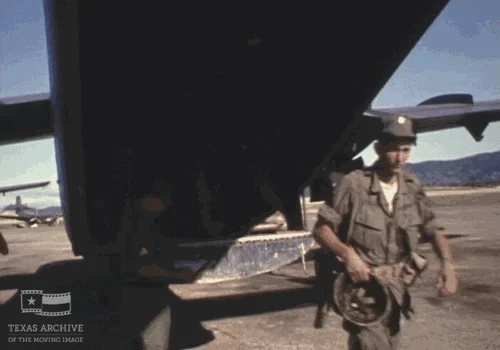
Johnson didn't want to become known as the president who lost Vietnam. Beyond events in Vietnam, Johnson was also under pressure at home to act.
 Soft on Communism
Soft on Communism
LBJ was a member of the Democratic Party. Democrats were labeled as "soft on communism" — a charge that dated back to the Truman administration.
When China fell to the Communists in 1949, American lawmakers like Senator Joseph McCarthy accused the Truman administration of "losing China". Democrats would have to get tough on defense to deflect such criticisms.
 Saving the Great Society
Saving the Great Society
After his reelection, Johnson sought to implement his Great Society — social programs to alleviate poverty and extend rights to the American population. Fiscal conservatives and conservative Democrats were critical of these policies.
Though Vietnam would eventually destroy the Great Society, not escalating the war in Vietnam may have also destroyed it. In other words, if Johnson appeared soft on communism, opposition to his presidency in the US Congress would be so significant that Johnson's social programs would be doomed never to pass.
Take Action
US-Vietnamese relations remained tense for years after the Vietnam war, as America enforced a trade embargo, which would last until the United States normalized relations in 1995. Today, Vietnam and the United States are important economic partners.
As you reflect on Vietnam War and its lessons for American foreign policy today, it's also worth considering the eight questions central to the Powell Doctrine.
Named after the former Chairman of the Joint Chiefs of Staff and Secretary of State Colin Powell, who served as a young man in Vietnam, these questions should be carefully thought about when it comes to sending the US military into battle:
Your feedback matters to us.
This Byte helped me better understand the topic.

